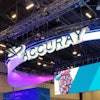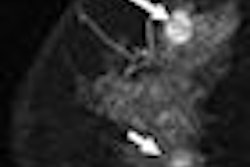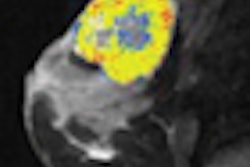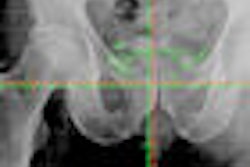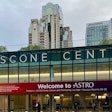HOUSTON - Physics-based technology has had an undeniably positive effect on medical diagnosis and treatment, but that same technology is overused and its expense is contributing to America's exorbitant healthcare costs, according to the opening address at the American Association of Physicists in Medicine (AAPM) annual meeting.
Hundreds of billions of dollars are spent on high-tech medical imaging and therapy, contributing a slice of the $2.5 trillion spent on healthcare in the U.S., said Dr. Arnold Relman from Harvard Medical School in Boston, the former editor of the New England Journal of Medicine. That cost is bankrupting the system and reform is badly needed, he added.
Relman outlined what he sees as the reasons behind technology overutilization: profits for those who invent, manufacture, sell, prescribe, and supervise technology; little or no analysis of technology's cost-effectiveness or routine comparisons with less expensive technologies; popular demand for new technology; and insurers willing to reimburse for most technology once it is approved by the U.S. Food and Drug Administration (FDA).
He told the AAPM audience that the most expensive physics-based technology, proton beam therapy, is commonly used as a treatment for some conditions such as prostate cancer when other less expensive therapies are just as effective.
Don't believe the U.S. healthcare system is in free fall and needs overhauling?
"Then talk to the 'green-shaded' economists at the Congressional Budget Office" and other economists who are predicting a collapse of the healthcare system, Relman said. He has observed the nation's healthcare system as a physician, a researcher, a teacher, and an administrator. In his book, A Second Opinion: Rescuing America's Health Care (Public Affairs, 2007), he uncovers what he believes are the roots of the current crisis and offers some strategies for reform.
The medical community should enact reforms that ensure the continued introduction and availability of worthwhile new technology, while curtailing procedures that cannot be justified. Diagnostic and surgical procedures should not be left solely to physician discretion; the FDA should take a more active role in regulating the adoption and use of diagnostic and surgical procedures, Relman said.
Views similar to Relman's are being voiced much more often as the U.S. nears a change in the White House, amid growing calls for a change in priorities and policies. But neither Sen. Barack Obama nor Sen. John McCain is addressing the healthcare situation in a meaningful way in their presidential campaigns, according to Relman.
"Both say they want to achieve near universal healthcare coverage, either government-aided versus market-focused," but neither plan indicates a method for controlling costs, Relman said.
AAPM President Gerald White Jr., a medical physicist in practice in Colorado Springs, CO, said someone recently asked him: "Do you consider yourself a scientist or a healer?"
"I had to think about that for a while," White said, and then he came to the conclusion that he was some of both.
White acknowledged that the topic of Relman's address may have caused attendees some "dissonance," but he hoped it also lead to some "cognizance" and that AAPM members continue the discussion about technology and the future of healthcare with their colleagues.
By Kathlyn Stone
AuntMinnie.com contributing writer
July 29, 2008
Related Reading
AHIP report touts RBMs to control imaging costs, July 29, 2008
GAO report on overutilization draws industry ire, July 15, 2008
Copyright © 2008 AuntMinnie.com



